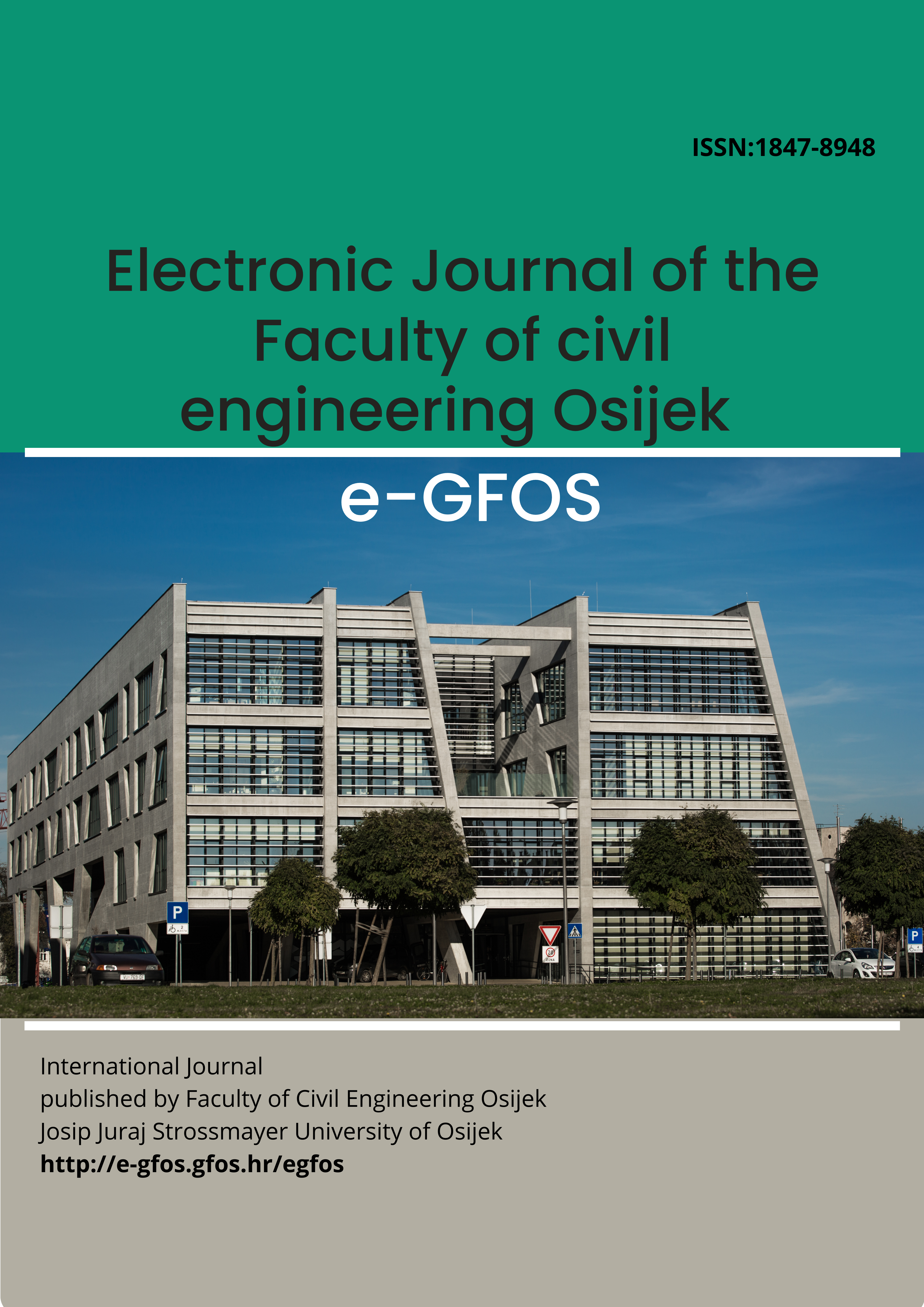INFLUENCE OF MIXTURE DESIGN, AGE, AND COOLING REGIME ON POSTFIRE MECHANICAL PROPERTIES OF LIGHTWEIGHT SELF-COMPACTED CONCRETE
Keywords:
Self-compacting lightweight concrete; concrete fillers; fire; mechanical properties; age of concrete; cooling regime; residual propertiesAbstract
The post-fire mechanical properties of concrete represent an important set of parameters in the analysis of structural behavior after the occurrence of a fire. In this study, four mixtures of lightweight selfcompacted concrete with different fillers were tested. The tests were conducted by considering the ages of the specimens, which, in this study, were two, three, and five years old. The results show the residual mechanical properties of the specimens after they were heated to target temperatures of 300, 500, and 700 °C. After exposure to high temperature, the specimens were either left to gradually cool until they reached room temperature or rapidly cooled by water. A comparative analysis was conducted on the compressive strength, mass, and dynamic modulus of elasticity of the specimens using the codified residual values given in EN 1994 1-2.

